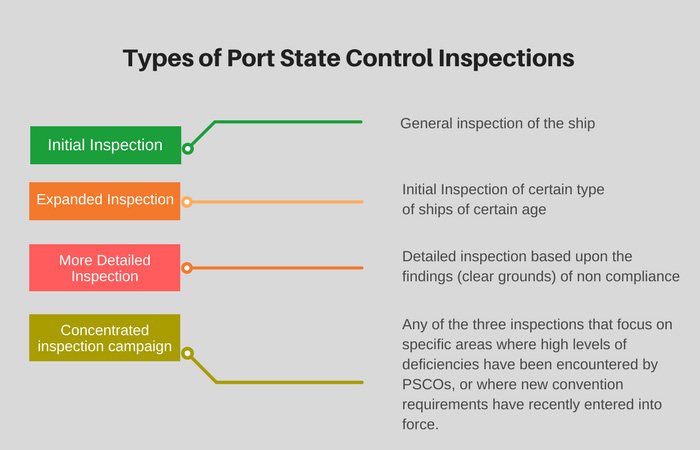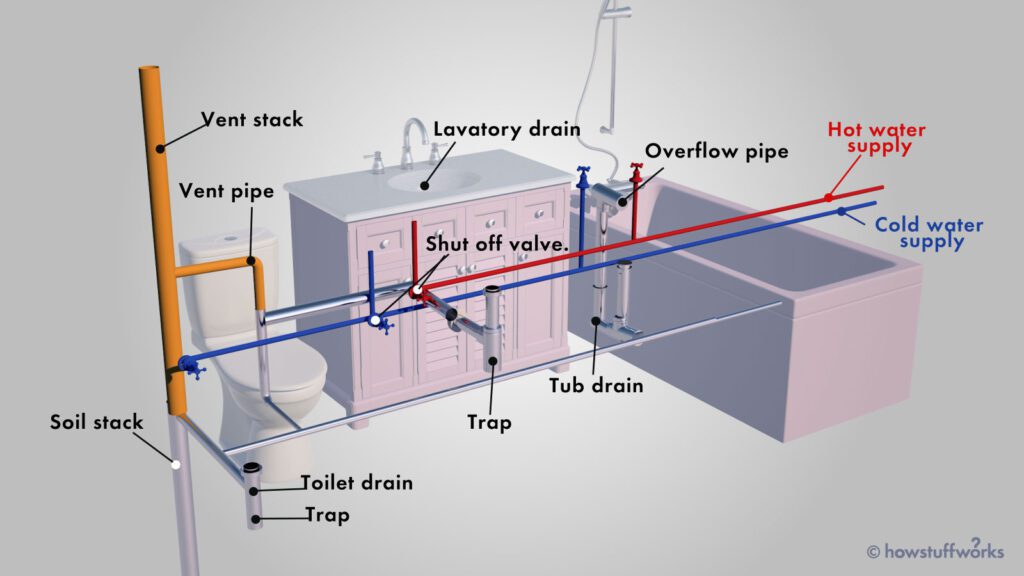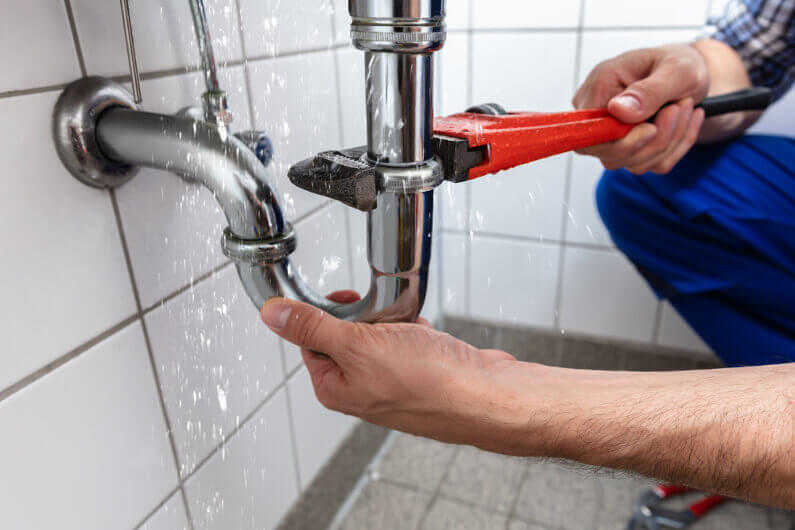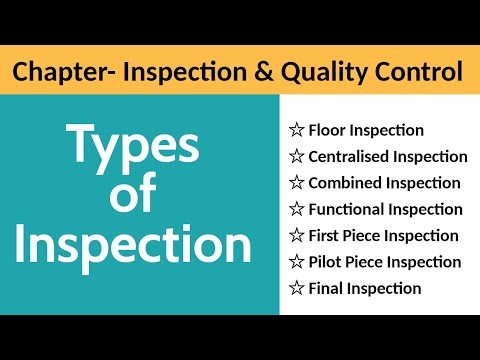In this article, we will explore the 3 main types of inspections that are essential in various industries. Whether you are buying a new house, ensuring the safety of a construction site, or maintaining the quality control of a production line, inspections play a crucial role. By understanding these 3 main types, you will gain valuable knowledge on how inspections can contribute to your specific needs. So, let’s dive in and uncover the world of inspections!
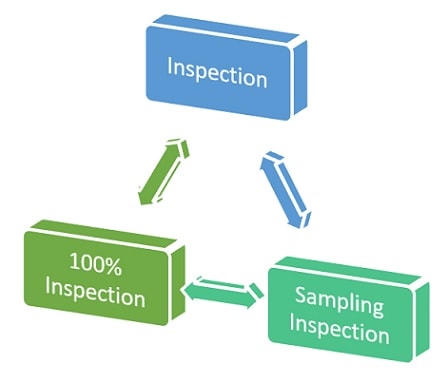

Pre-Purchase Inspections
Definition and Purpose
Pre-purchase inspections are a crucial step in the home-buying process. As the name suggests, these inspections occur before you finalize the purchase of a property. The primary purpose of a pre-purchase inspection is to ensure that you have a clear understanding of the condition of the property you intend to buy. This thorough examination allows you to uncover any potential issues or defects that might exist, helping you make an informed decision about the purchase. It provides peace of mind, as you can address any necessary repairs or negotiate the purchase price based on the inspection findings.
Detailed Examination
A pre-purchase inspection involves a comprehensive and detailed examination of a property. It is conducted by a professional inspector who specializes in evaluating the condition of residential properties. The inspector assesses various aspects of the property, including its structure, systems, and documentation.
External Inspection
During the external inspection, the inspector carefully examines the exterior of the property. This includes assessing the condition of the roof, walls, windows, doors, gutters, and any other visible elements. The purpose is to identify any signs of damage, wear, or potential sources of concern. External inspections also involve evaluating the grading and drainage around the property to ensure there are no moisture-related issues.
Internal Inspection
The internal inspection focuses on the interior components of the property. The inspector examines the walls, ceilings, floors, and overall condition of each room. They identify any visible defects such as cracks, leaks, or uneven surfaces. Additionally, the inspector checks the functionality of doors, windows, and other fixtures. Electrical outlets, plumbing connections, and the overall safety of the interior are also assessed during this inspection.
Structural Review
The structural review is a crucial part of the pre-purchase inspection process. The inspector evaluates the integrity and stability of the property’s structure, including the foundation, walls, and load-bearing elements. They look for signs of structural damage, such as cracks, settling, or sagging. This assessment helps determine if there are any underlying issues that may affect the safety and longevity of the property.
Plumbing and Electrical Systems
The inspection of plumbing and electrical systems is a key component of pre-purchase inspections. These systems play a vital role in the overall functionality and safety of a property. The inspector evaluates the condition of plumbing pipes, fixtures, and water flow. They also check the electrical panel, wiring, outlets, switches, and ensure that everything meets the required safety standards. Any potential issues or outdated components are identified during this inspection.
Heating and Cooling Systems
The evaluation of heating and cooling systems is essential to ensure year-round comfort and energy efficiency. The inspector examines the functionality and condition of the furnace, air conditioning unit, ductwork, and ventilation systems. They assess if the systems are working properly, adequately sized for the property, and in good condition. This inspection helps determine if any repairs or upgrades may be necessary.
Roof and Attic Inspection
The roof and attic inspection is crucial to identify any existing or potential issues with the property’s uppermost components. The inspector assesses the condition of the roof, including its materials, flashing, gutters, and overall integrity. They also inspect the attic for proper insulation, ventilation, and signs of leaks or damage. This inspection provides insights into the maintenance needs and potential issues that may arise due to roof or attic problems.
Review of Documentation
In addition to the physical inspection, a pre-purchase inspection involves reviewing the documentation related to the property. The inspector verifies permits, certificates, warranties, and other relevant documentation to ensure compliance with regulations and proper disclosure of information. This step provides a holistic understanding of the property’s history, upgrades, and potential liabilities.
Pre-Purchase Inspection Checklist
To ensure a comprehensive assessment, professional home inspectors follow a pre-purchase inspection checklist. This checklist includes items to be inspected, such as the roof, exterior, interior, plumbing, electrical systems, heating and cooling systems, foundation, and more. By following a standardized checklist, inspectors leave no stone unturned, ensuring that all areas are thoroughly examined and evaluated.
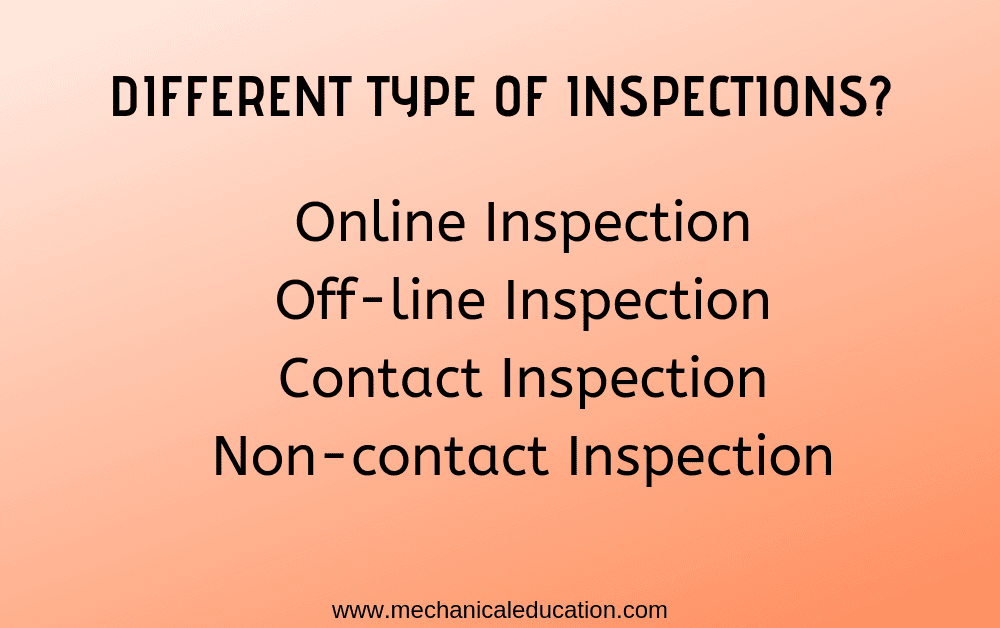

Routine Maintenance Inspections
Overview and Importance
Routine maintenance inspections are an ongoing process designed to keep your property in optimal condition. These inspections are essential to identify and address maintenance needs promptly, ensuring the safety, efficiency, and longevity of your home. Regular monitoring and inspections prevent minor issues from becoming major, costly problems, and make it easier to plan and budget for necessary repairs or upgrades.
Regular Monitoring
Regular monitoring is a proactive approach to home maintenance. By scheduling routine maintenance inspections, you can monitor the condition of your property and detect any changes or potential issues. These inspections help to recognize signs of wear, aging, or damage before they become significant problems. Regular monitoring also allows you to track the effectiveness of previous repairs or improvements.
Interior and Exterior Inspections
Routine maintenance inspections cover both the interior and exterior of your property. Interior inspections involve examining the walls, ceilings, floors, doors, windows, electrical systems, plumbing fixtures, and other components. Exterior inspections focus on the exterior walls, roof, gutters, chimneys, decks, and landscaping. By conducting comprehensive inspections, you can identify any areas that require attention or maintenance.
Identifying Maintenance Needs
During routine maintenance inspections, the goal is to identify any potential maintenance needs. This includes identifying areas where repairs or replacements are necessary, evaluating the condition of appliances, checking for signs of water damage, and assessing the overall safety of the property. By catching these maintenance needs early, you can prevent further damage and ensure the longevity of your home.
Addressing Minor Repairs
Routine maintenance inspections are an opportunity to address minor repairs promptly. These small repairs, when left unattended, can escalate into larger, costlier issues. By fixing minor problems early on, you can save both time and money. Simple tasks such as fixing a leaky faucet, replacing damaged tiles, or repairing a loose railing can go a long way in maintaining the overall integrity of your property.
Ensuring Safety and Efficiency
Regular maintenance inspections help ensure the safety and efficiency of your property. By regularly inspecting and maintaining systems such as electrical, plumbing, and HVAC, you can prevent potential hazards and improve energy efficiency. Inspecting safety features such as smoke detectors, carbon monoxide detectors, and fire extinguishers is also an integral part of routine maintenance inspections, contributing to a secure living environment.
Checklist for Routine Maintenance Inspections
To conduct thorough routine maintenance inspections, it is helpful to follow a checklist. This checklist typically includes items such as checking smoke detectors, testing electrical outlets, inspecting plumbing fixtures, inspecting windows and doors for proper functioning, examining the roof, and evaluating the heating and cooling systems. By systematically going through the checklist, you can ensure that all essential areas are inspected.
Frequency of Inspections
The frequency of routine maintenance inspections depends on various factors, such as the age of the property, the climate in your region, and the specific components of your home. Generally, it is recommended to conduct inspections on an annual basis or every six months. However, certain systems or components may require more frequent inspections. Consult with a professional inspector or refer to manufacturer guidelines for specific recommendations.
Risk Assessment and Prevention
Routine maintenance inspections are an opportunity to assess potential risks and take proactive measures to prevent them. By identifying and addressing potential safety hazards, you can reduce the risk of accidents and injuries. Additionally, routine inspections allow you to identify areas prone to damage, such as water intrusion or pest infestation, and take preventative measures to avoid costly repairs or replacements.
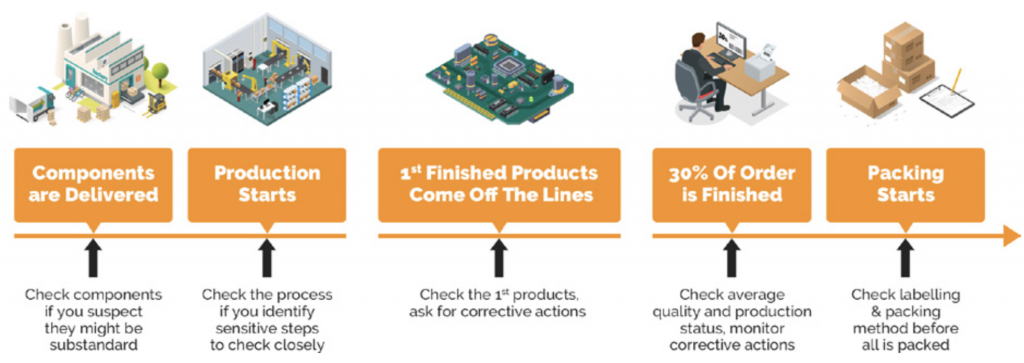

Construction Inspections
Purpose and Scope
Construction inspections are crucial during the construction or renovation of a property. These inspections ensure that the building process complies with local building codes, regulations, and industry standards. The purpose of construction inspections is to verify the quality of workmanship, identify any code violations or safety hazards, and ensure that the final product meets the expected standards.
Pre-Construction Inspections
Before the construction begins, pre-construction inspections take place to evaluate the site and plans. These inspections assess the suitability of the location, the accuracy of the building plans, and compliance with zoning regulations. Pre-construction inspections may include reviewing soil reports, examining drainage systems, and verifying the proposed design in comparison to local building requirements.
Foundation and Framing Inspections
During construction, foundation and framing inspections are critical stages that must meet local building codes. Foundation inspections ensure the stability and structural integrity of the building. This includes examining the footings, concrete work, and reinforcement. Framing inspections focus on the skeleton of the structure, verifying the proper installation of beams, joists, and other framing components.
Electrical and Plumbing Inspections
Electrical and plumbing systems are integral to the functionality and safety of a property. During construction inspections, the electrical and plumbing installations are inspected to ensure compliance with building codes and safety standards. This includes verifying proper wiring, grounding, and installation of fixtures for electrical systems, as well as ensuring proper pipe installation, connections, and water flow for plumbing systems.
HVAC and Insulation Inspections
Inspections of heating, ventilation, and air conditioning (HVAC) systems are crucial for comfort and efficiency. These inspections determine if the installed HVAC systems meet industry standards, are properly sized, and comply with regulations. Additionally, insulation inspections assess the quality and proper installation of insulation materials, ensuring energy efficiency and proper climate control.
Drywall and Interior Finishing Inspections
Drywall and interior finishing inspections occur when the construction is near completion. These inspections focus on the quality and proper installation of drywall, flooring, trim, and other interior finishes. Inspectors check for smooth surfaces, proper seams, and appropriate installation techniques to ensure a polished and well-executed finish.
Final Inspection
The final inspection is the last step in the construction inspection process, occurring when the construction is complete but before occupancy. During this inspection, the inspector examines the entire property to ensure compliance with building codes and regulations. The purpose is to identify any outstanding issues or necessary corrections before the property is occupied.
Quality Control and Compliance
Construction inspections serve as quality control measures to ensure compliance with building codes, regulations, and industry standards. These inspections help maintain high-quality construction practices, prevent potential problems, and ensure the safety and longevity of the structure. By adhering to inspection standards and addressing any identified issues promptly, builders can maintain a high level of quality control throughout the construction process.
Construction Inspection Checklist
To conduct thorough construction inspections, inspectors follow a checklist that covers various stages and components of the construction process. This checklist typically includes items such as evaluating the foundation, inspecting framing, assessing electrical and plumbing installations, examining HVAC systems and insulation, and verifying the completion of interior finishes. By adhering to a checklist, construction inspections can be conducted consistently and comprehensively.
Importance of Construction Inspections
Construction inspections play a vital role in ensuring the quality and safety of a property. By verifying compliance with building codes and regulations, construction inspections provide assurance to homeowners, buyers, and occupants. These inspections help identify potential issues, prevent costly mistakes, and ensure that the final product meets the expected standards of quality, craftsmanship, and safety. Construction inspections are essential for both residential and commercial properties to ensure long-term integrity and customer satisfaction.
